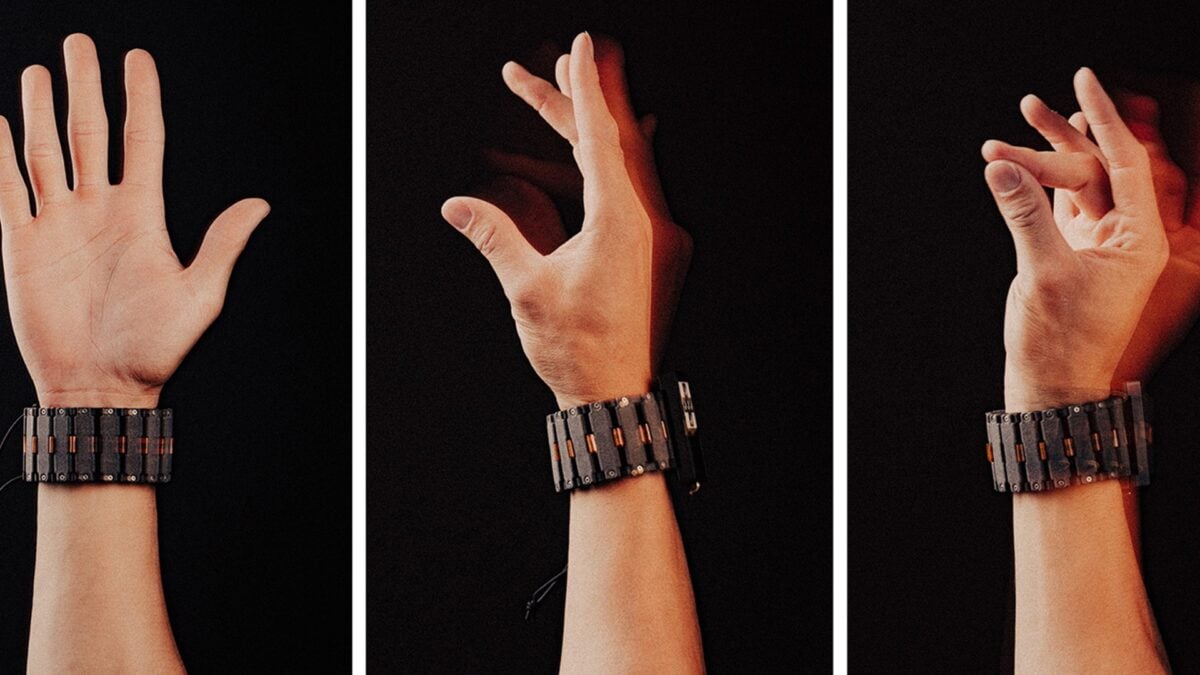Meta's First 'Real' Smart Glasses Have One Huge Problem

When Google Glass came stumbling onto the scene in 2013, people were taken aback. Not only did Google’s smart glasses, with their bordering-on-novel camera, present new and somewhat icky questions about personal privacy, but they also crossed an even more controversial line: they looked really, really dorky. Fast forward more than 10 years into the future, and all of those hangups (at least on the surface) seem to be in the rearview. Take Meta, for example.
Sales of Meta’s Ray-Ban smart glasses have been surprisingly high, keeping even its waning Quest mixed reality headset afloat. Meta is rumored to be on the precipice of launching its first-ever pair of “real” smart glasses, which is to say glasses with an actual display in them. And naturally, more than a decade removed from Google Glass, the rhetoric around Meta’s glasses (codenamed Hypernova) couldn’t be more disparate from smart glasses of yore. People are excited; they’re watching; even Apple is rumored to be looking at the field as a potential new frontier. So, this is all money in the bank for Meta, right? Maybe, but I wouldn’t count those shiny new metaverse dollars just yet.
As promising as Meta’s push into smart glasses might be, there’s one quirk with Hypernova that I can’t seem to get off my mind. It’s not the glasses themselves, necessarily, but the rumored “neural wristband” that reportedly comes with them. Let me backtrack for a moment for those that haven’t been keeping up; as I mentioned previously, Meta’s next smart glasses will most likely have a display. If they have a screen, then they’re going to need a way for people to control things on said display, including “mini apps,” which are stripped-down versions of apps that can run on glasses and are a capability rumored by Bloomberg. There are a few ways you could go about controlling a pair of smart glasses with apps, but Meta’s approach is allegedly a “neural wristband,” which is a wearable that reads the electrical signals in your arm for finger- and hand-based inputs. This is where the weirdness comes in.

On one hand (or wrist, I guess), a wristband that reads the signals sent through your brain and into your hand is objectively kind of awesome. Like, damn, that’s some future shit if I’ve ever seen it. On the other, it’s a big liability at best. As useful as a wristband like that may be, asking people to strap on a wearable to use their smart glasses properly is a tall order. My guess is most people paying $800 (the rumored price of Hypernova) for a futuristic pair of smart glasses will want an all-in-one package. It’s not a big deal on paper to remember to strap your wristband on, but what if it needs a charge? What if you don’t like wearing stuff on your wrist or arm? Or—and this is what I think is arguably the biggest problem—what if you don’t like how it looks?
One of the biggest problems with Google Glass, as I mentioned before, is that you looked like you were wearing a gadget when you had it on. So much so that anyone who dared slide them onto their face was dubbed a “glasshole.” It was Google Glass’s noticeable camera module and display prism that turned it into a pariah and prevented what could have been a fruitful category of device from growing past an infancy stage. It’s not all about looks, obviously—2013 was also a very different time when it came to personal privacy, a concept that has been severely eroded as the years have gone on. But I think there’s a reason Meta’s very much glasses-presenting Ray-Bans, which do almost everything Google Glass did and more, have caught on, and presentation is a major part of that.
But hey, things are definitely different now, and maybe the same can be said for what people are willing to wear on their bodies or not. All I know is that it seems like a lot of what could make Hypernova useful or special comes down to a wearable, and while smart glasses might be a semi-proven category, wristbands are not. Google Glass might be long dead, but just because those mistakes are in the rearview doesn’t mean they can’t be made again.









